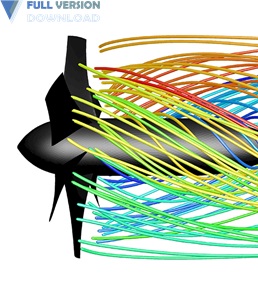

Geometric and hemodynamic parameters were evaluated and compared between patients with stable aortic diameters (N = 9) and those with aortic dilatation (N = 8). Patient-specific models of repaired TAAD were reconstructed from post-surgery computed tomography images for detailed computational fluid dynamic analysis. In this study, we performed a comprehensive morphological and hemodynamic analysis for patients with and without progressive aortic dilatation following surgical replacement of the ascending aorta. There is currently no reliable means to predict the risk of dilatation following TAAD repair.

However, a subset of these patients develops aortic rupture due to further dilatation of the residual dissected aorta. Acute TAAD usually requires urgent replacement of the ascending aorta. Type A aortic dissection (TAAD) involves the ascending aorta or the arch.


 0 kommentar(er)
0 kommentar(er)
